Policy is an essential part of accountability, liability avoidance, and successful everyday operations in law enforcement.
As law enforcement agencies face increased scrutiny, robust policies and training are more important than ever.
Last year, PowerDMS and the Police Foundation surveyed law enforcement leaders from more than 100 different agencies to examine the State of Policy in Law Enforcement. The survey included 13 questions addressing how agencies develop, update, and distribute policies and training.
The goal of the study was to help establish benchmarks for best practices for managing law enforcement policies and training.
Now, PowerDMS is conducting an updated study on the State of Policy in Law Enforcement in 2017, and we need your help. Tell us about your agency in our brief, anonymous survey, and we’ll give you early access to the completed report.
This study will allow PowerDMS to build on the results from last year. We’ll be able to compare the data to see how views on policies and training are changing.
It will help agencies around the country understand policy and training trends that will impact the future of law enforcement.
Your participation is key to the report’s success, so add your voice to the study today.
Why the State of Policy Matters
As we wrote in a post on Writing Effective Policies and Procedures in Law Enforcement:
Policies and procedures are the backbone of any law enforcement agency. Like a compass, they direct you and your officers toward optimal safety and professionalism. They help create the culture of your team and set the standard for everyone to be successful on the job.
Law enforcement leaders understand the importance of policies. In the State of Policy in Law Enforcement 2016 report, 93% of respondents agreed that policies were very important for ensuring that officers understand their duties.
A high percentage of respondents also agreed that policies were important for preventing civil litigation, preserving agency reputation, and reducing injuries.
In a follow-up interview, Marco Vasquez, the chief of the Town of Erie Police Department, explained:
As we continue to enhance relationships with our communities, accountability and transparency have become increasingly important. As such, we as agency leaders must focus on how we develop, manage, and convey our policies in ways that provide clear guidance to our officers as well as build confidence within our communities that we are consistently focused on improving public safety.
However, it’s not enough for agencies to simply create great policies. In order for policies and training content to be effective, it has to be regularly reviewed and updated.
Examining the state of policy in law enforcement shows how agencies are updating policies and implementing training. This can help other agencies improve their practices and better equip officers with tools to effectively serve their communities.

Lessons From the 2016 Report
The 2016 State of Policy in Law Enforcement survey examined how often agencies update policies, what areas they focus on in training, and much more. Here are some of the highlights from the report:
Policies should be updated constantly
The vast majority of respondents said policies and procedures should be dynamic.
Ninety percent said policies should be reviewed constantly to meet changing conditions and agency needs. Only 10% said policies should be fairly static, remaining the same for a year or two at a time. And no respondents recommended updating policies only in the case of a system failure.
This shows that most law enforcement agencies take a proactive approach to policy management, seeking constantly update policies to anticipate potential problems.
Most law enforcement agencies issue new policies fairly frequently. Eighty-two percent put out new policies at least every six months, with 36% issuing new policies monthly.
Buy-in from leaders is essential for putting policies into practice
Survey results showed that most respondents agreed that culture change usually comes from the top.
Roughly 90% of law enforcement leaders say it’s “very important” to get buy-in from command staff and supervisors to ensure that policies are institutionalized. Sixty-six percent felt that getting buy-in from line-level officers was very important.

However, 89% agreed that it’s essential to ensure that all personnel acknowledge that they’re aware of policy changes. To that end, 98% of agencies convey new policies through sending out a new general order or SOP.
Ninety-four percent implement a training session on the new policy during in-service training. And 92% require staff to sign the new policy.

